Navigating the vast expanse of the world’s oceans is both an art and a science. For years, seafarers have been entrusted with guiding ships safely through unpredictable waters. Today, with the evolution of technology, marine navigation systems have become sophisticated, yet the importance of a human touch – the ship navigator – remains paramount.
The Role and Responsibilities of a Ship Navigator
Being a ship navigator means overseeing a vessel’s safe and efficient operation during your watch. Duties include navigating the ship, coordinating with crew members, and monitoring navigational systems. You must have the expertise to calculate the ship’s position, speed, and estimated arrival time using various instruments and charts. The role requires you to constantly communicate with the crew, other vessels, and maritime authorities to ensure safe traffic flow.
Critical tasks like collision avoidance, weather monitoring, and compliance with maritime regulations also fall under your purview. Furthermore, you must be able to make informed decisions, communicate effectively, and adapt to changing conditions, which is crucial for ensuring the safety and success of the ship’s journey.
Best Practices When Taking Over Marine Navigational Watch
Here are some of the crucial practices you must observe when you are on navigational watch for a safe voyage.
1. Consider the Ship’s Position, Speed, and Course
Before anything else, familiarise yourself with the ship’s current position, speed, and intended course. Knowing the ship’s precise location is crucial for avoiding hazards and ensuring the vessel follows its planned route, minimising risks and ensuring efficient navigation. Moreover, managing the ship’s speed is essential for safety, fuel efficiency, and adhering to regulations. Monitoring these fundamentals is key to safe and successful maritime navigation.
2. Get Adequate Briefing from the Relieved Officer
Communication is vital at sea. A thorough briefing from the outgoing officer provides insights into possible challenges, weather conditions, and other vessel movements. This information offers a foresight to preemptively address issues that may arise during your watch.
3. Peruse Logbooks, Checklists, and Daily Orders
Logbooks provide a historical account of the ship’s journey and operations. Checklists offer a systematic approach to ensuring every task is completed. Daily orders, meanwhile, keep you updated on immediate priorities. Regularly consulting these resources ensures you’re always in the loop.
4. Confirm All Bridge Equipment is in Working Order
Nautical navigation equipment, such as the marine radar, plays a pivotal role in safe navigation. As such, you must proactively ensure that all navigational equipment works properly. Moreover, always ensure that there is a backup available for devices, like radars and sonars, in your navigational system so that you are prepared for contingencies.
5. Maintain a Weather Watch
Weather conditions can change rapidly at sea, and being aware of any upcoming storms or adverse weather patterns is crucial for safe navigation. Keep a constant eye on weather reports, monitor the barometer, and pay attention to any signals from the meteorological department. Prepare the ship and crew accordingly to avoid potential hazards. For further reading on navigating the waters during bad weather, go through a guide on marine safety during rough sea conditions.
6. Monitor Traffic and Obstructions
Vessel traffic can be dense in busy shipping lanes and ports. Continuously monitor the radar for nearby vessels and obstacles. Maintain proper communication with other ships through VHF radio or other designated channels to ensure safe passage and prevent collisions.
7. Stay Alert and Well-Rested
Maintaining vigilance during your watch is paramount. Avoid fatigue by getting adequate rest before your shift and taking short breaks to stay sharp. Being alert and focused ensures you can respond quickly to changing conditions or emergencies, ultimately contributing to the safety and success of the voyage.
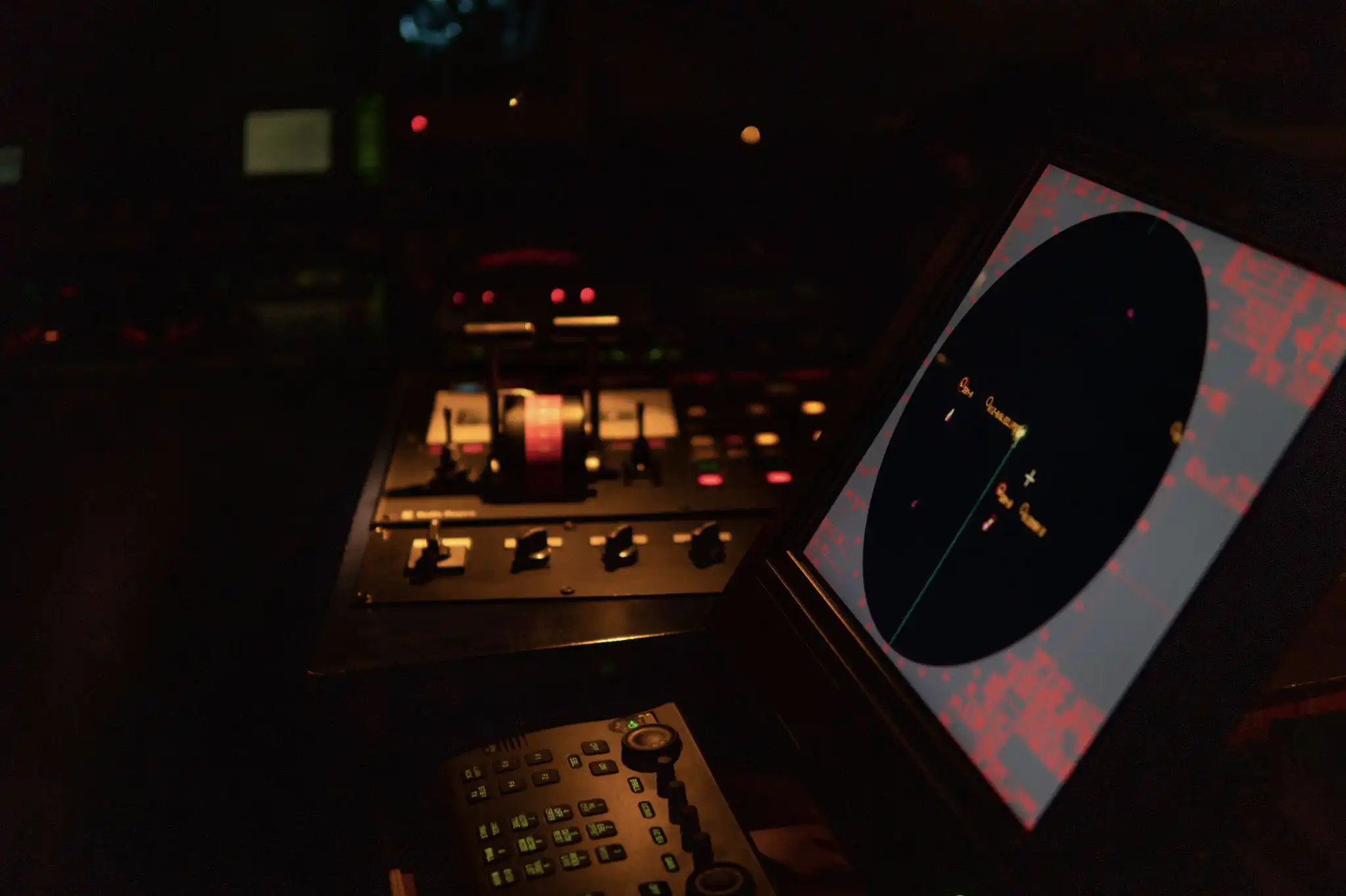
Embrace Modern Marine Navigation Systems When Sailing
The tools of the trade for a ship navigator have evolved. Modern marine navigation systems integrate state-of-the-art technology with traditional methods so that ship navigators have all the tools they need to sail through the sea safely. Relying on a trusted provider ensures seafarers and amateur boaters in Singapore get the best equipment for their marine navigational needs. As such, buy marine radar, GPS chart plotters, and other nautical navigation equipment from Tecomart today.
Amidst the vast ocean of marine navigation system providers, Tecomart stands out. With years of experience serving Singapore’s maritime community, you can guarantee that we only provide reliable and quality equipment from trusted manufacturers. Whether you want to upgrade or replace your obsolete device, we have everything you need for your sea voyage.
For more marine safety information, you can check out our guide on handling emergencies at sea and why GPS navigation is important at sea.

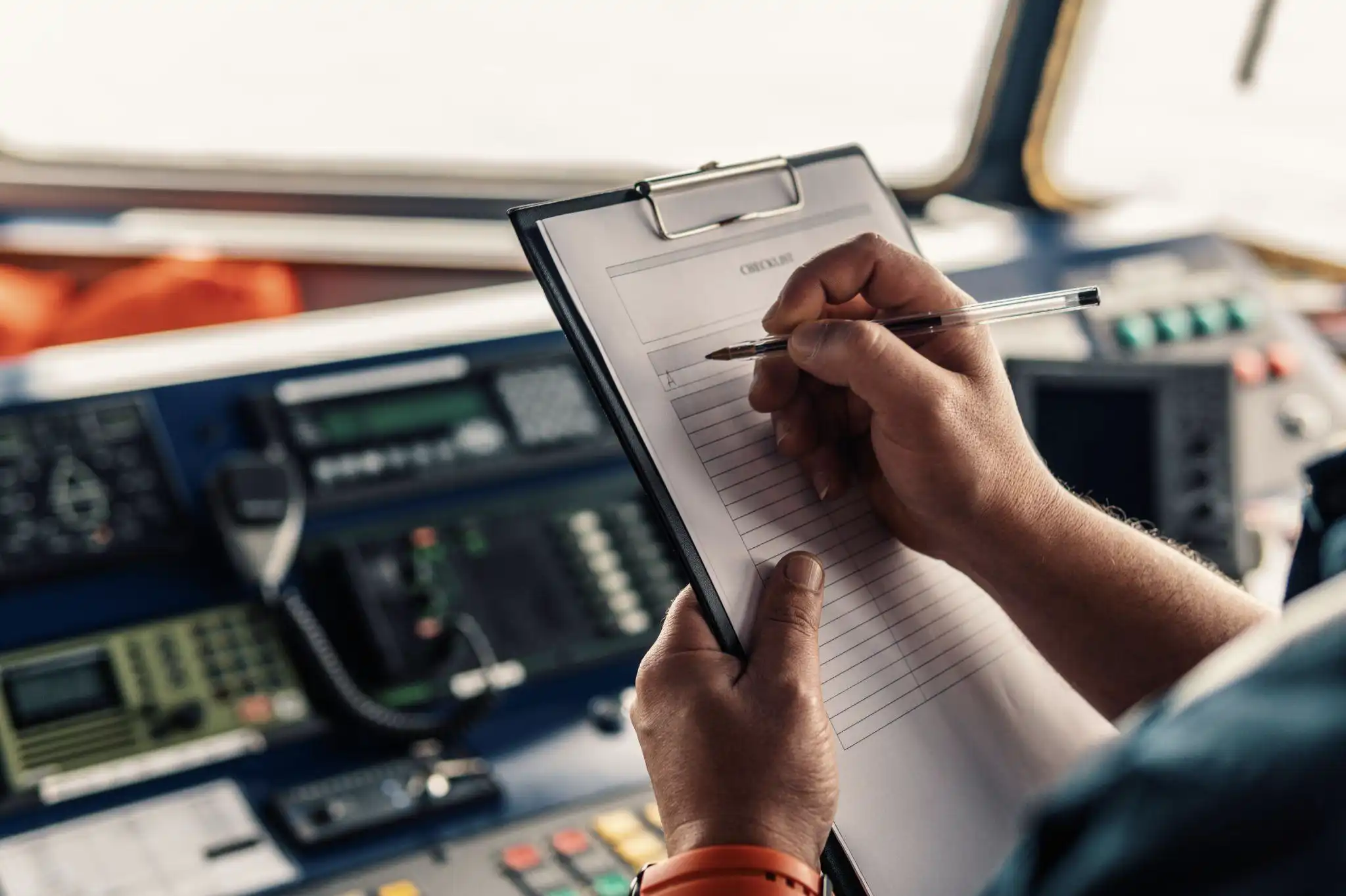
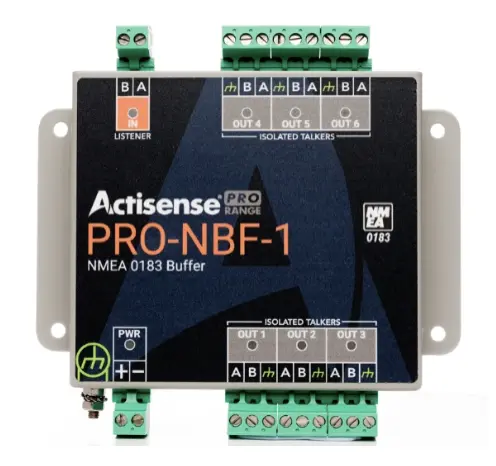

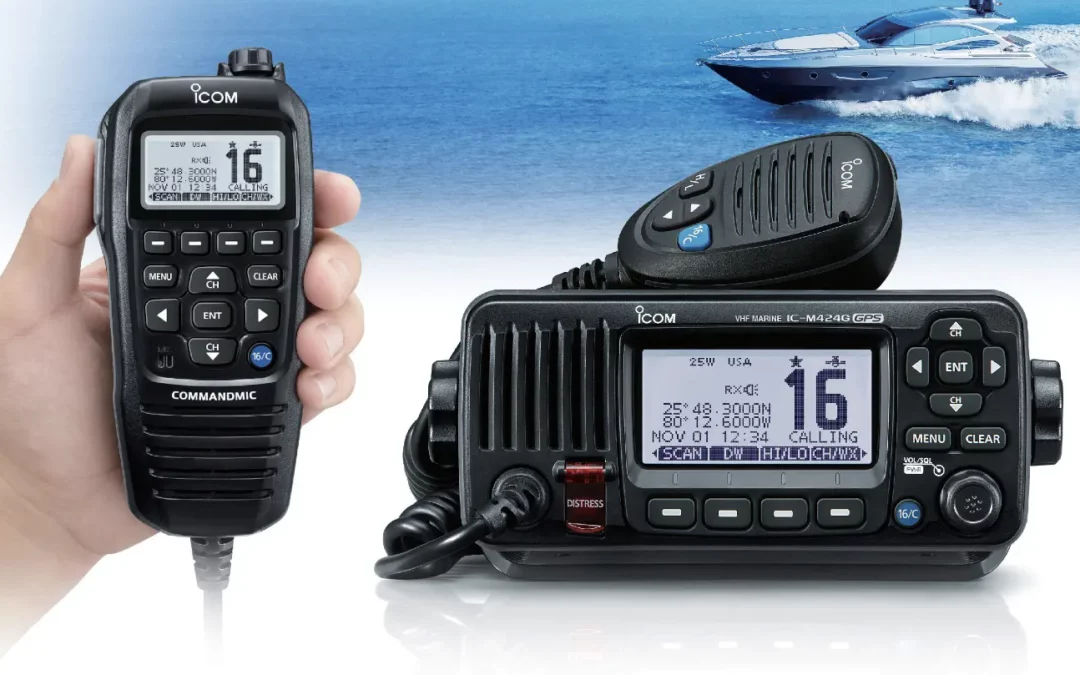

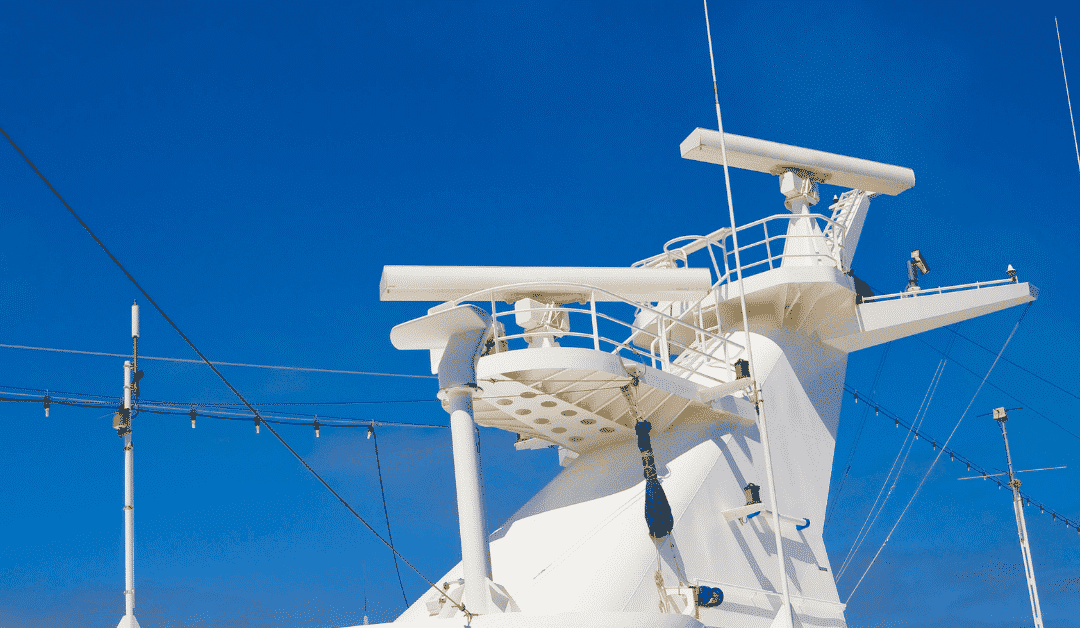

0 Comments